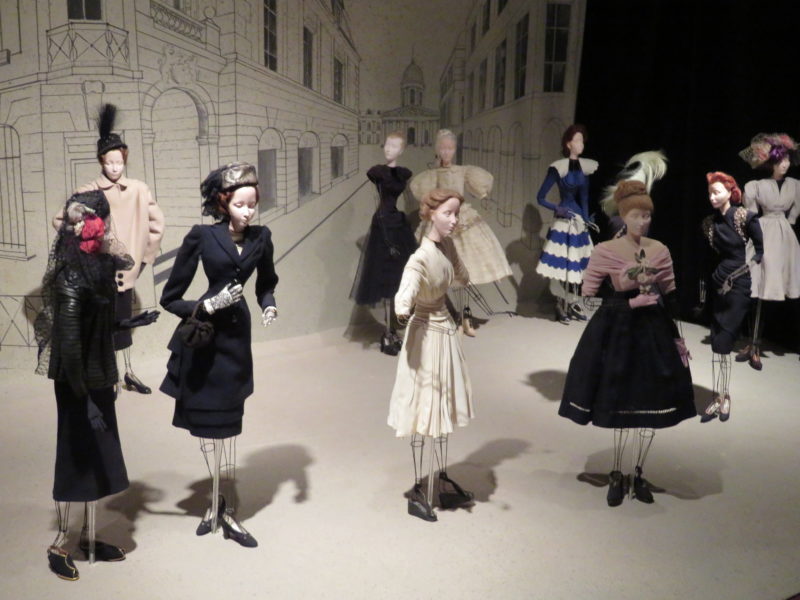Amazed I managed to spell that. More amazed at what it actually entails. Today’s title words are the name of a four-part polyphonic piece titled Hanacpachap cussicuinin, to a text in the Quechua language, to be sung ‘in processions when entering the church’; it is the earliest example of polyphony printed in the New World. The work was either composed by Friar Pérez Bocanegra, or by an anonymous native composer in Lima, Peru, in 1631.
I learned all this when reading up on Latin American Baroque music after a splendid concert by Portland Baroque Orchestra last week. An Empire of Silver and Gold featured “Daniel Zuluaga as guest director with a trailblazing program of works he gathered in archives of Latin American cathedrals. Five singers, two guitars, dulcian, violins, cello, cornetto, harp, and percussion blend familiar baroque sounds with distinct Latin American flavors.”
The concert was an energetic romp, and initiated me to a combination of elements that I only knew individually: classical Baroque music and South American or Mexican melodies and rhythms. What I learned in my subsequent reading was that colonizers, and in particular missionaries bent on converting indigenous souls, were no psychological slouches.
“Spanish missionaries in the New World often used music as a means for converting and indoctrinating native populations, often combining it with their knowledge of indigenous language and culture. The Hanacpachap specifically incorporates both Incan and Christian imagery, describing the harvesting of the land and praising the Virgin Mary, who is symbolized by a pale blue flower that grows in the Andes. This same flower was also the symbol of a local goddess in the Incan pantheon.”
In Mexico City, “the conquistadors decided to build their church on the site of the Templo Mayor of the Aztec city of Tenochtitlan to consolidate Spanish power over the newly conquered domain. Hernán Cortés and the other conquistadors used the stones from the destroyed temple of the Aztec god of war Huitzilopochtli, principal deity of the Aztecs, to build the church.” (says Wikipedia)
Catedral Metropolitana de la Asunción de la Santísima Virgen María a los cielos was built across two centuries, starting in 1573. Here you have the combination of land and material that meshes the usurped with the new, in addition to a melding of music, language and other cultural entities.
Wherever you come down on the politics of this or the (in) justice, the results are often amazingly beautiful in their own right, both buildings and music. You can judge for yourself by listening to the link below.
Photographs are all from cathedrals and churches in Mexico City.
And here is last year’s blog on the cathedral:https://www.heuermontage.com/?p=5726




















































































































